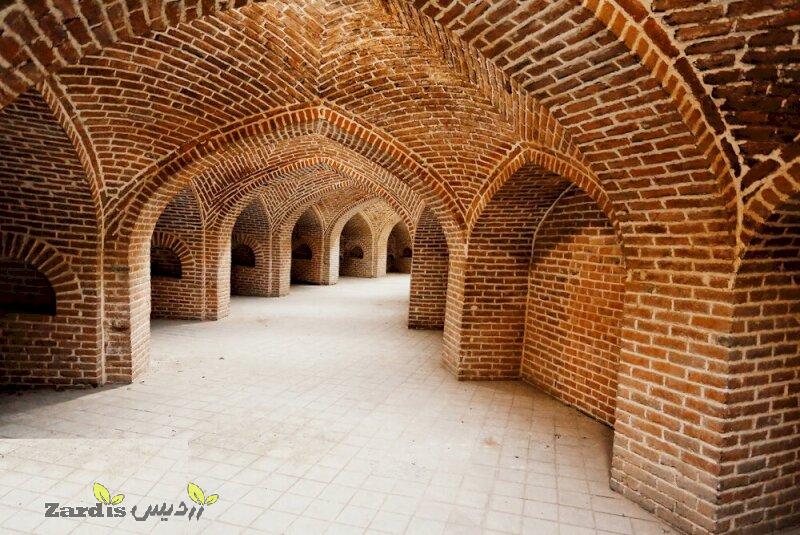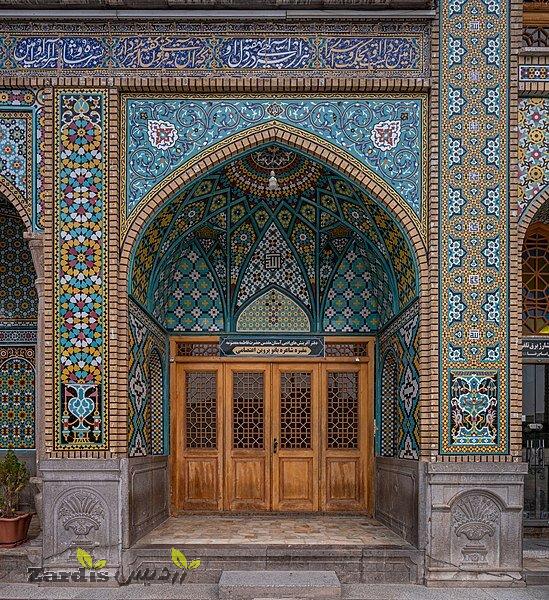TEHRAN – The United Nations Educational, Scientific and Cultural Organization is set to assess two historical caravanserais, which are located in the west-central province of Hamedan, for inclusion in the World Heritage list.
“The UNESCO assessors are projected to visit Safavid-era (1501–1736) caravanserais of Farasfaj and Taj-Abad by mid-June to evaluate them as a part of a shortlist of Iranian historical caravanserais for a possible inscription on the UNESCO World Heritage list,” the provincial tourism chief has said.
Unlike most caravanserais in Iran, which have rectangular-shaped designs, Taj-Abad has a circular plan, which is extremely rare among Iranian caravanserais, and it makes it one of the most interesting historical monuments in the province, CHTN quoted Ali Malmir as saying on Tuesday.
A popular attraction in Tuyserkan, Farasfaj, also known as Shah Abbasi Caravanserai, is nestled in the pristine nature of the region, the official explained.
In 2019, the tourism ministry announced that Iran is developing a dossier for a selection of its historical caravansaries for a possible inscription on the UNESCO World Heritage list.
In this regard, cultural heritage experts are assessing such monuments that are scattered across the country to make a shortlist in terms of their architecture, historical and cultural values.
Caravanserai is a compound word combining “caravan” with “serai”. The first stand for a group of travelers and seari (or sara) means the building. They often had massive portals supported by elevated load-bearing walls. Guest rooms were constructed around the courtyard and stables behind them with doors in the corners of the yard.
Iran’s earliest caravanserais were built during the Achaemenid era (550 -330 BC). Centuries later, when Shah Abbas I assumed power from 1588 – to 1629, he ordered the construction of network caravanserais across the country.
Such roadside inns were originally built in various epochs along ancient caravan routes in the Muslim world to shelter people, their goods, and animals. The former Silk Roads may be the most famous example dotted by caravanserais.
For many travelers to Iran, staying in or even visiting a centuries-old caravanserai, can be a wide experience; they have an opportunity to feel the past, a time travel back into a forgotten age!
Iran ranks 10th in the world in terms of the number of historical monuments and sites registered on the UNESCO World Heritage list.
Before the Islamic Revolution, Persepolis, Naghsh-e Jahan Square, and Choghaznabil were the only three UNESCO-listed monuments, but today the number has been increased this number to 24 historical sites, of which “Arg-e Bam” (Bam Citadel) represents an outstanding example of an ancient fortified settlement, is located in Kerman province.
“Bisotun” in western Kermanshah province, which is notable for its Achaemenid-era inscription carved on a limestone cliff, lavish “Golestan Palace” in downtown Tehran which is a masterpiece of the Qajar era (1789 to 1925), and millennium-old “Gonbad-e Qabus” which is a mudbrick tomb tower for Qabus ibn Wushmagir, are among the other UNESCO-designated sites in Iran.
Known in classical times as Ecbatana, Hamedan was one of the ancient world’s greatest cities. Pitifully little remains from antiquity, but significant parts of the city center are given over to excavations, and there’s a scattering of historical curiosities.
Hamedan never falls short of offering cultural heritage sites to its visitors. Scenic natural landscapes, traditional restaurants, public gardens, and colorful outdoor markets, and more importantly, its hospitable people make for an unexpected slice of the city.
ABU/AFM
Zardis news | The latest news of Iran and the world
All rights reserved for "Zardis news"It is protected and any copying without mentioning the source is prohibited.
Pursuant to Article 12 of Chapter 3 of the Cybercrime Law, copying the format and content will be prosecuted.







